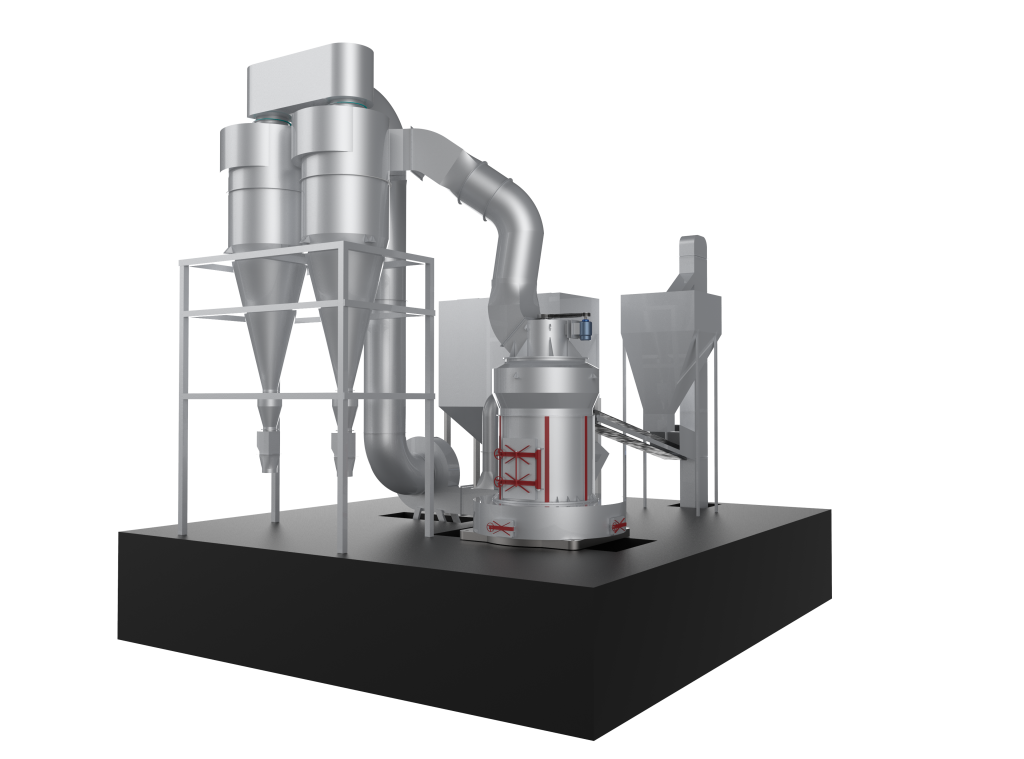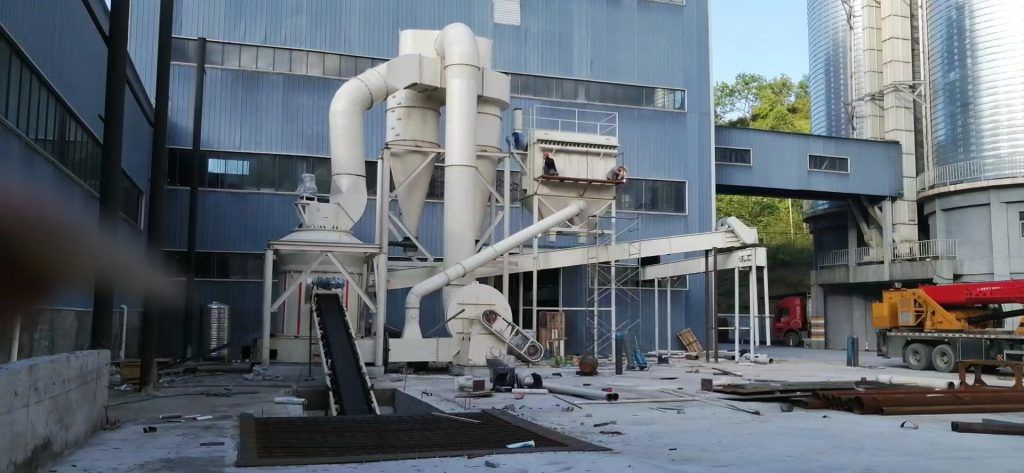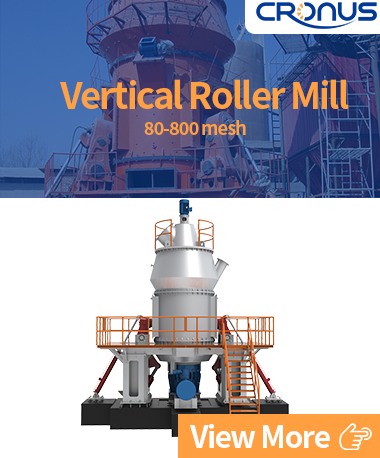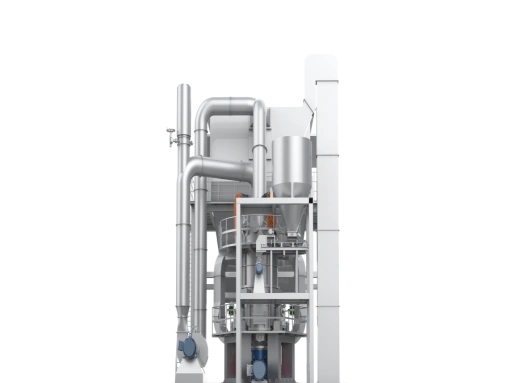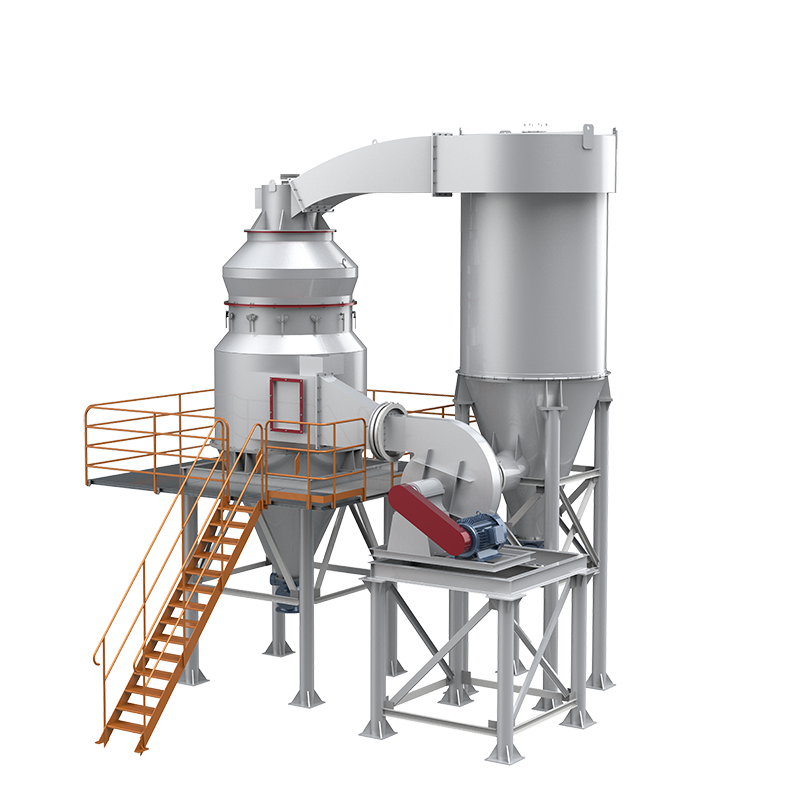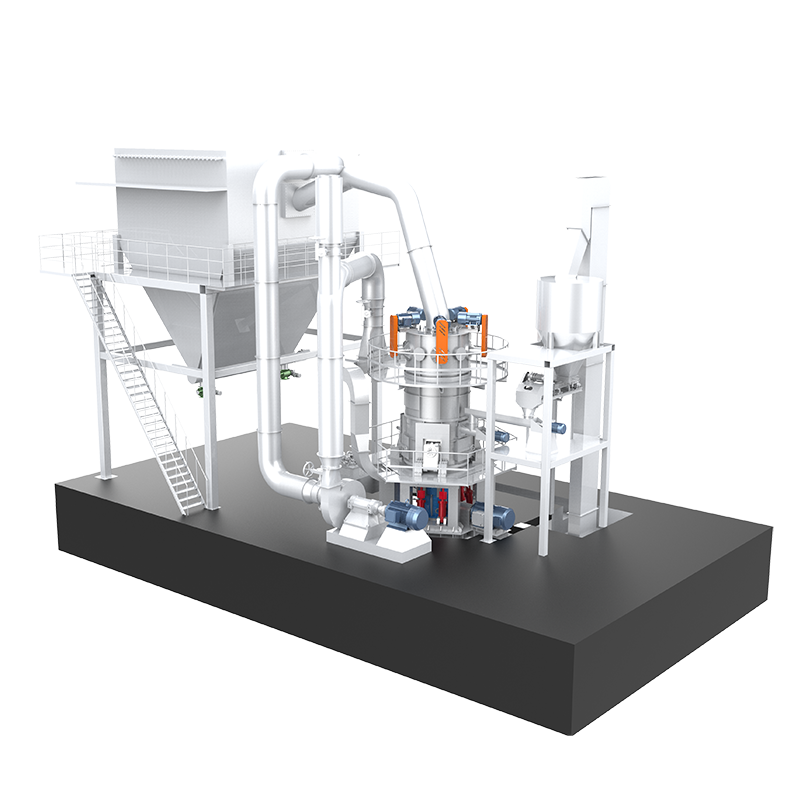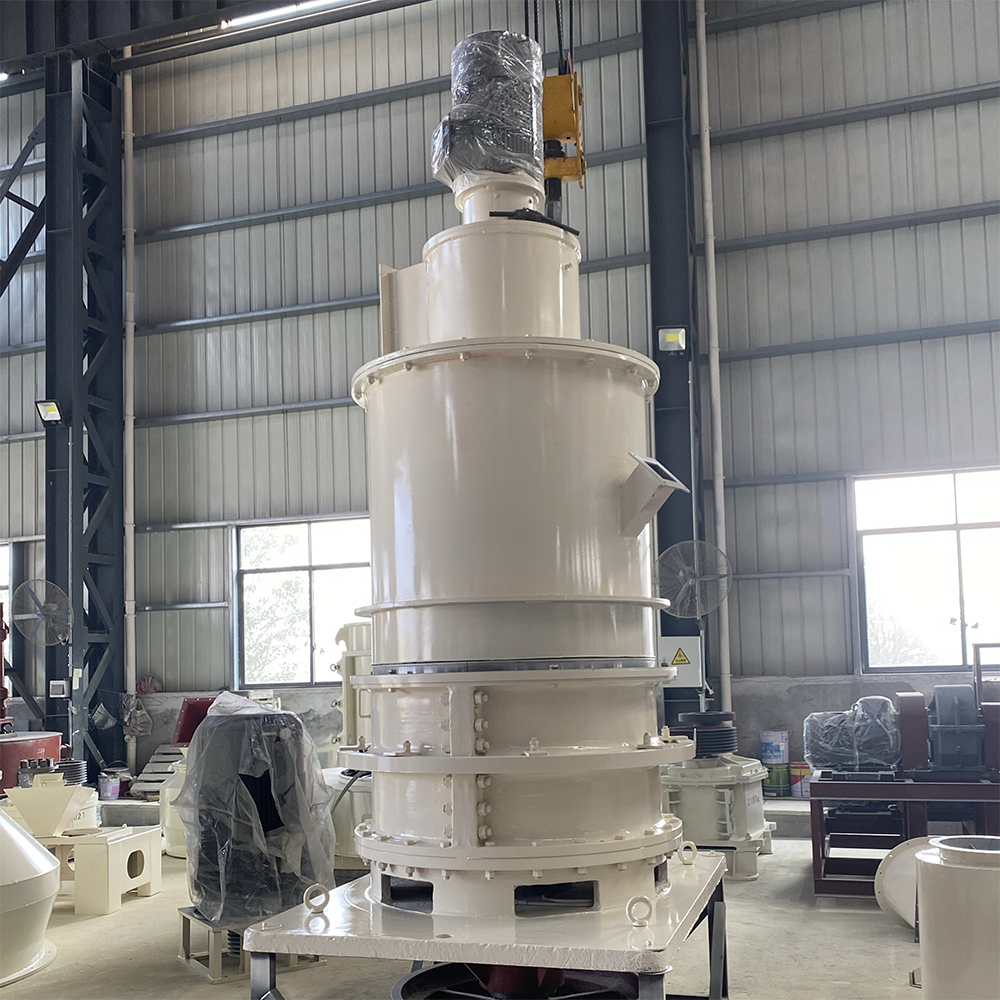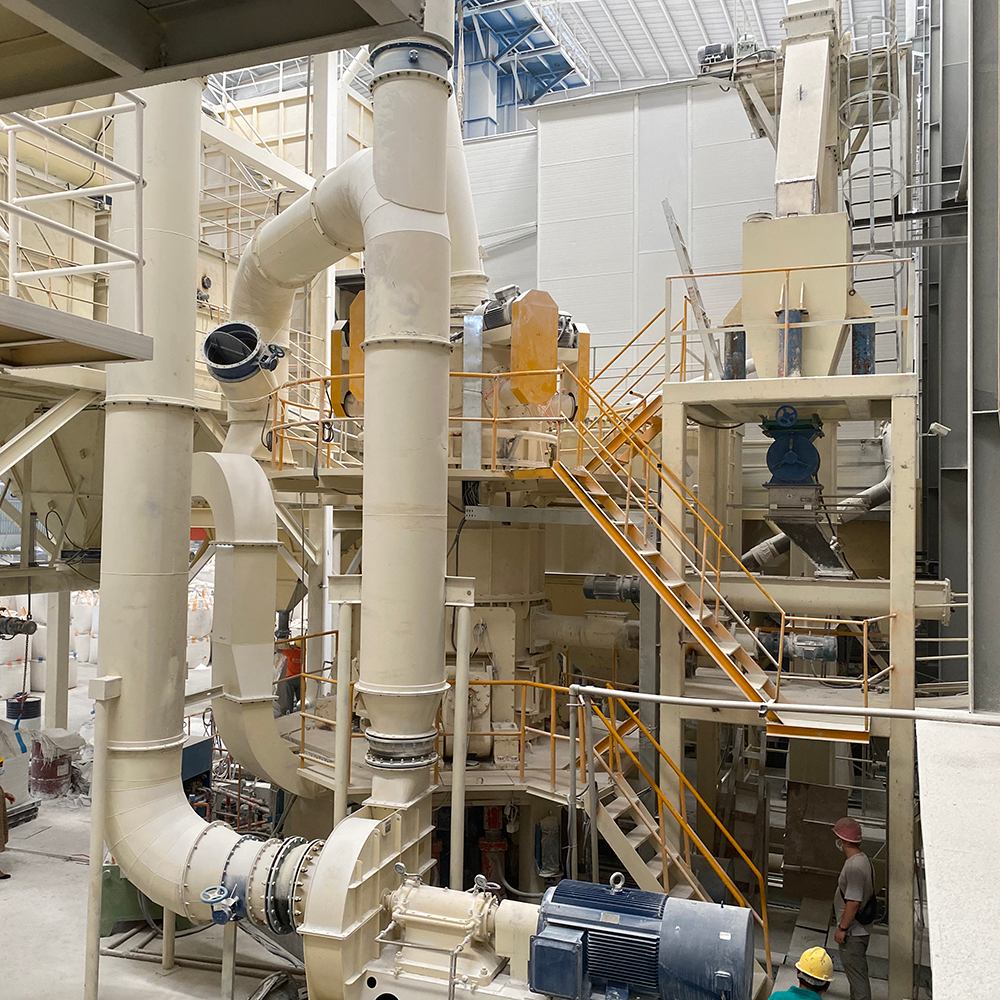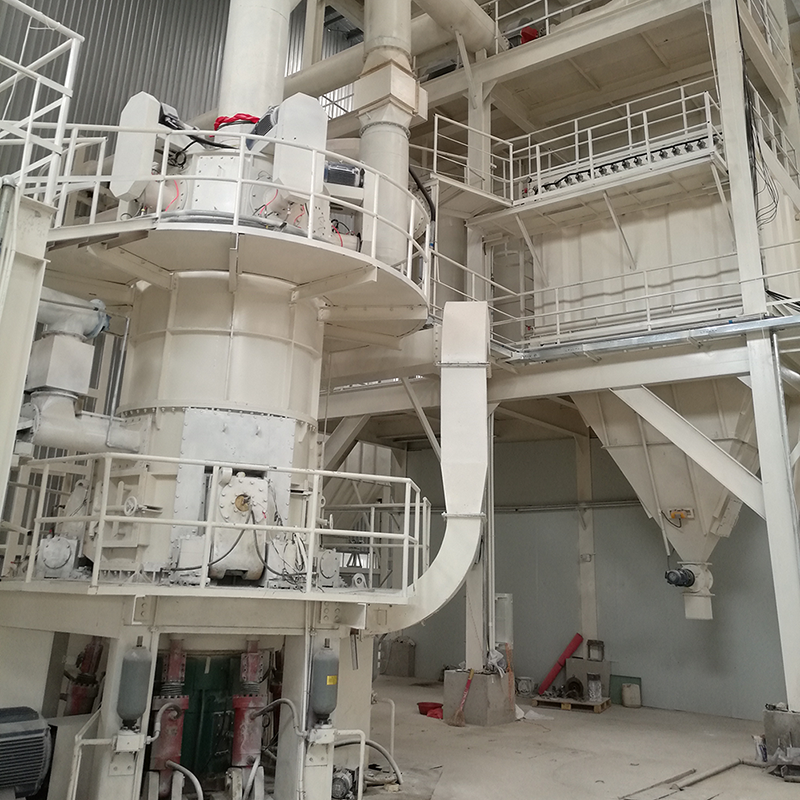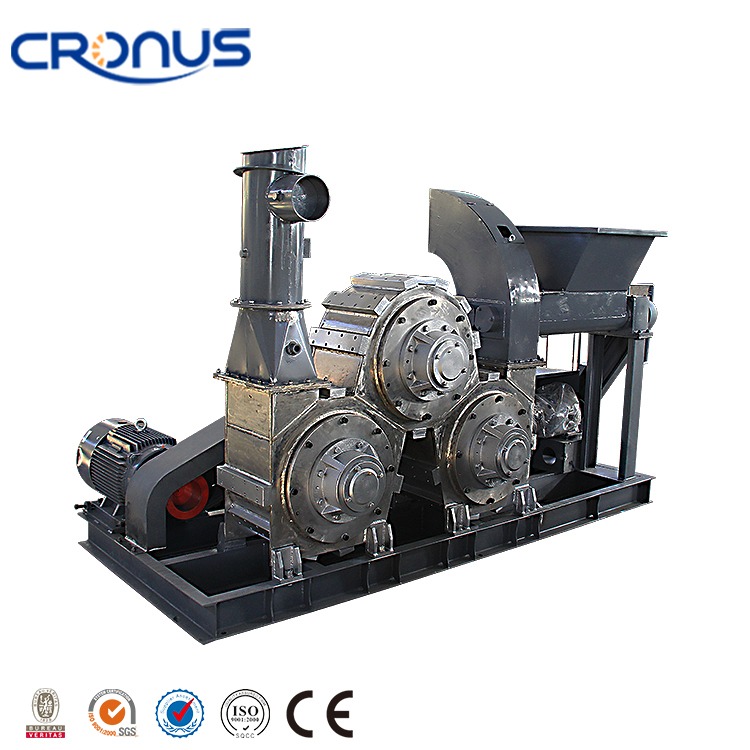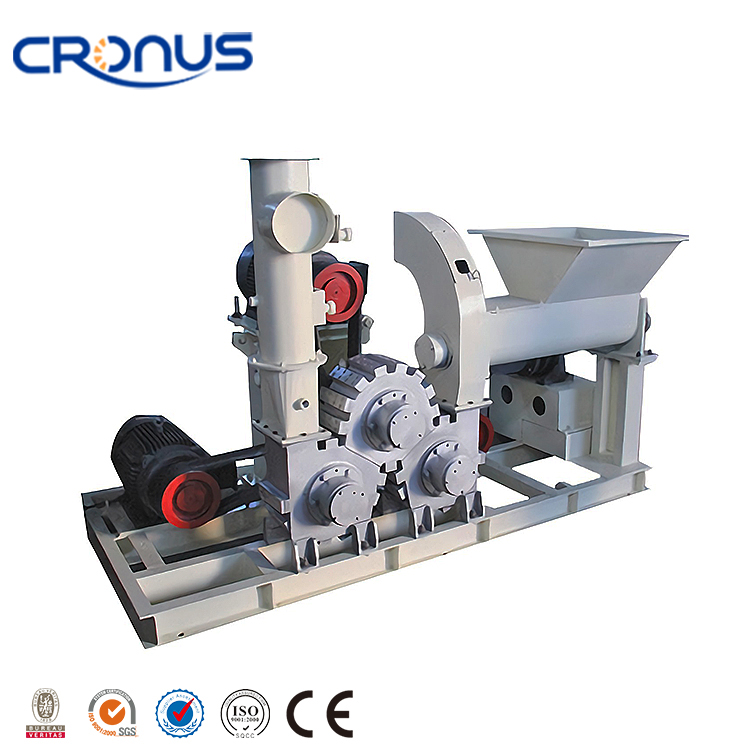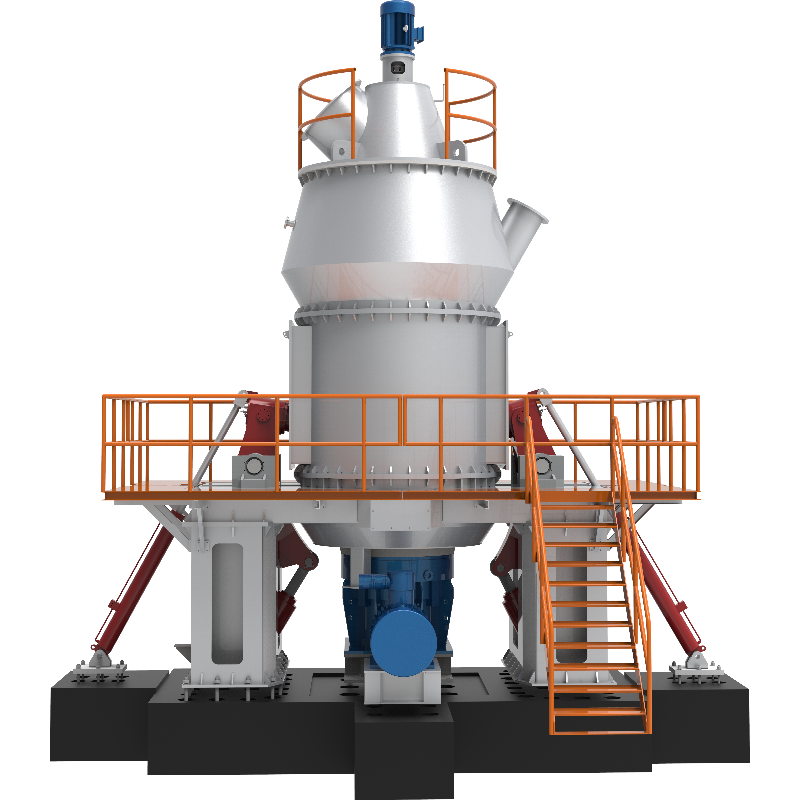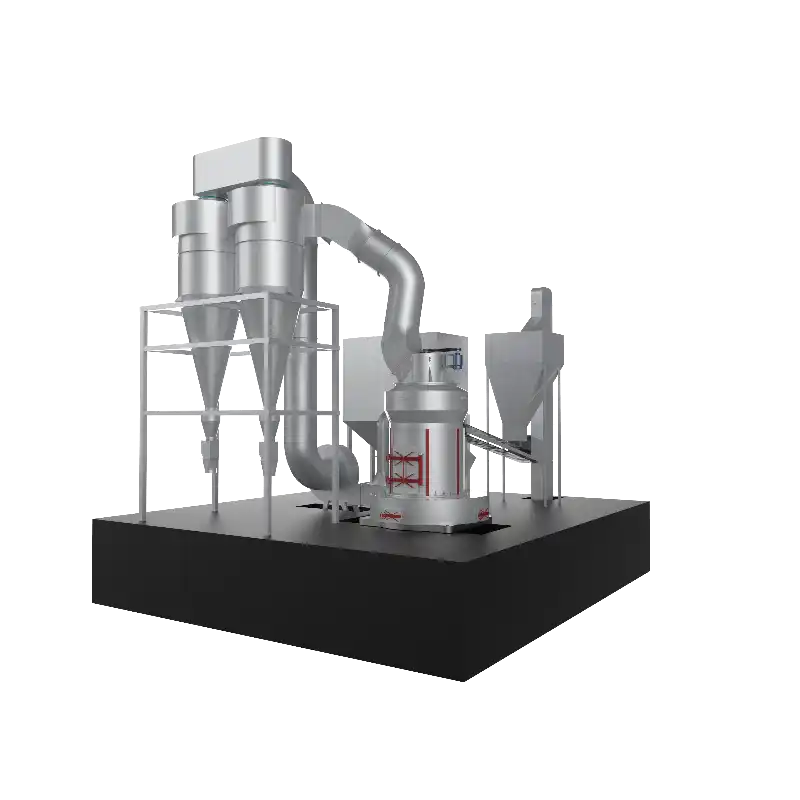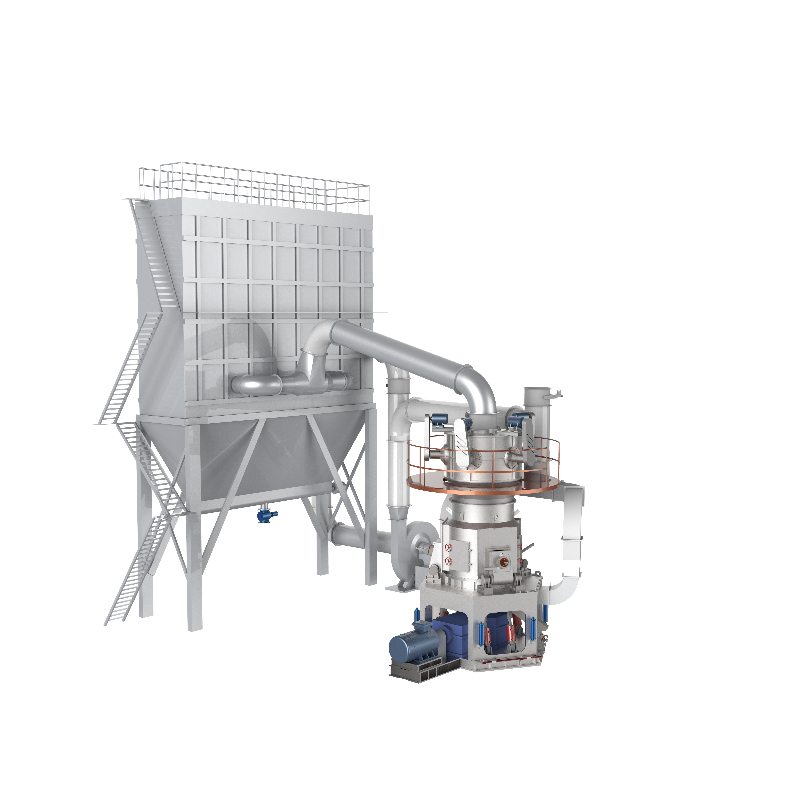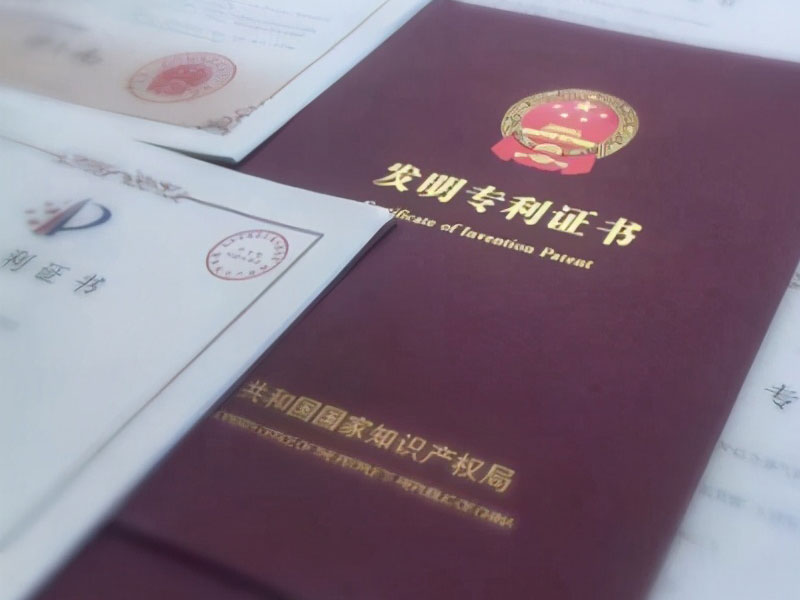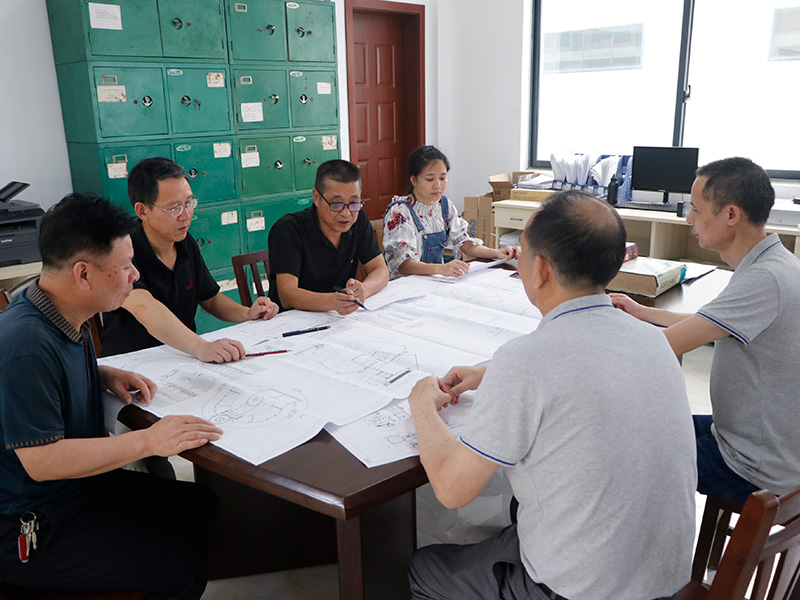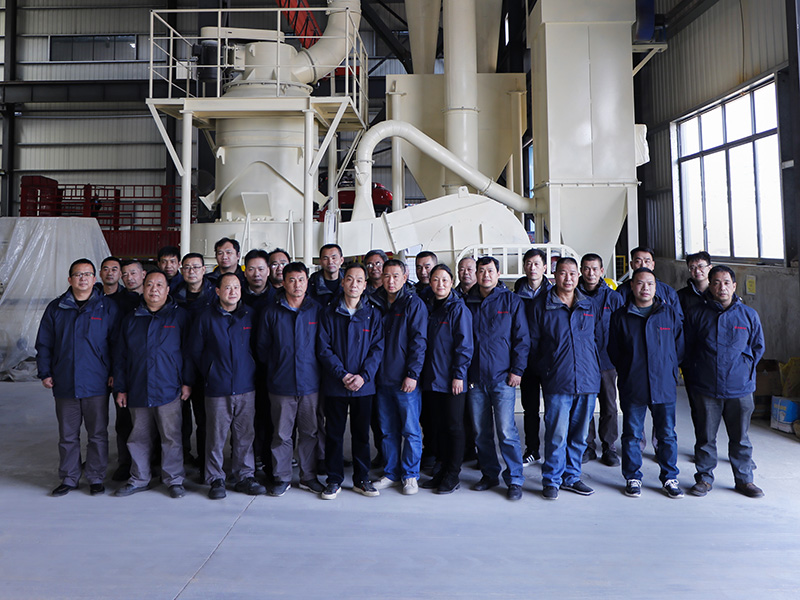Raymond Mill PartsIntroduction
The Raymond Mill Parts, a widely used piece of equipment in various industries such as mining, construction materials, and chemical engineering, plays a crucial role in grinding materials into fine powders. Its ability to process a wide range of materials efficiently has made it an essential asset in these sectors. However, to ensure that the Raymond Mill functions at its best and has a long service life, a deep understanding of its parts and proper maintenance are of utmost importance.
Understanding the Raymond Mill parts is not just about knowing their names. It is about recognizing how each component contributes to the overall performance of the mill. When parts are maintained well, the mill can operate smoothly, reducing the risk of sudden breakdowns and costly repairs.
Raymond Mill Parts and Their Functions
Grinding Rollers and Rings
Grinding rollers and rings are essential components in the Raymond Mill's grinding process. Mounted on a crossbeam, the rollers rotate against the grinding ring, crushing and grinding the material fed into the mill. The material quality of these parts is critical, as they endure intense pressure and friction. High-quality alloys are typically used to enhance durability.
Regular inspections are necessary to detect wear early. Untreated wear can lead to inefficient grinding, inconsistent particle size, and potential damage to other mill components. Proper maintenance ensures optimal performance and longevity.
Classifier
The classifier in a Raymond Mill is responsible for controlling the particle size of the ground material. It works by separating the fine particles from the coarser ones. The classifier has a set of blades that rotate at a specific speed. As the ground material is carried upwards by the air flow, the classifier blades determine which particles are small enough to pass through and which need to be returned for further grinding. To maintain classifier efficiency, it is essential to keep the blades clean and free from any build - up of material. Regular inspection of the blade wear and adjustment of the rotation speed according to the required particle size can significantly improve the classifier's performance.
Main Shaft
The main shaft is a central component that plays a pivotal role in the overall operation of the Raymond Mill. It transmits power from the motor to the various moving parts of the mill, such as the grinding rollers and the classifier. Common issues with the main shaft include misalignment, bearing wear, and fatigue. Misalignment can cause excessive vibration, which not only affects the performance of the mill but also accelerates the wear of other parts. Regular maintenance practices for the main shaft include checking the alignment, lubricating the bearings at regular intervals, and monitoring the shaft for any signs of cracks or excessive wear.
Blower
The blower in a Raymond Mill is of great importance for material circulation and dust control. It creates an air flow that helps carry the ground material through the mill system. In the process of material circulation, the blower also aids in separating the fine particles from the coarser ones. For dust control, the blower helps direct the dust - laden air to the appropriate dust - collection equipment. To ensure consistent performance of the blower, regular maintenance is required. This includes cleaning the blower blades to prevent dust build - up, checking the motor for proper functioning, and ensuring that the air ducts are free from blockages.
Feeder
The feeder's function is to regulate the input of material into the Raymond Mill. It ensures a steady and controlled flow of material, which is crucial for the efficient operation of the grinding process. If the feeder supplies too much material at once, it can overload the mill and cause inefficiencies. On the other hand, if the material flow is too slow, it can reduce the overall productivity of the mill. Best practices for feeder maintenance include checking the feeding mechanism for any signs of wear, adjusting the feeding speed according to the mill's capacity, and ensuring that the feeder is properly aligned with the mill's inlet.
Maintenance Tips for Raymond Mill Parts
Regular inspection and lubrication are key to maintaining Raymond Mill parts. For instance, grinding rollers and rings should be checked weekly for wear, and bearings on moving parts like the main shaft and classifier must be lubricated as per manufacturer guidelines. Using genuine replacement parts is crucial, as they are designed for optimal fit and performance. Non-genuine parts may fail prematurely, risking damage to other components. Be alert to signs of wear, such as abnormal noise, excessive vibration, or reduced performance, and address issues promptly by replacing worn parts or making adjustments.
Benefits of Proper Maintenance
Proper maintenance of Raymond Mill parts significantly extends their lifespan. Well-maintained grinding rollers and rings last longer, reducing replacement frequency and saving costs on both parts and downtime. Improved operational efficiency is another key benefit, as a well-maintained mill operates at optimal capacity, producing higher volumes of fine-quality powder in less time. Reduced downtime increases overall productivity. Preventive maintenance also leads to cost savings by addressing minor issues early, avoiding expensive emergency repairs and replacements.
In conclusion, understanding and maintaining Raymond Mill parts are essential for the optimal performance and longevity of the mill. Each part, from the grinding rollers and rings to the feeder, plays a critical role in the overall operation of the mill. By investing in regular maintenance, companies can ensure extended part lifespan, improved operational efficiency, and cost savings. It is highly encouraged that mill operators and owners make regular maintenance a priority to reap the long - term benefits of a well - functioning Raymond Mill.
